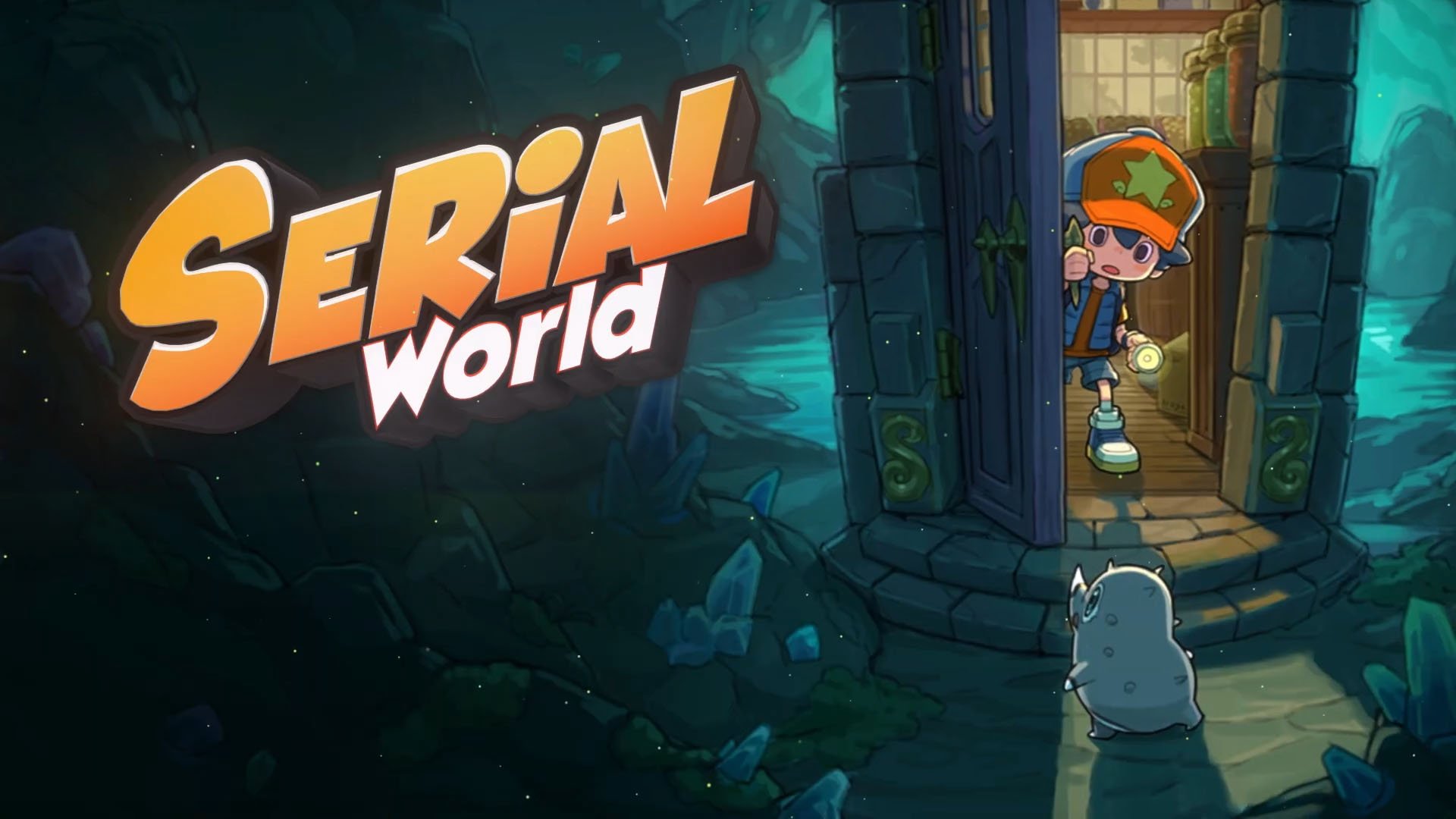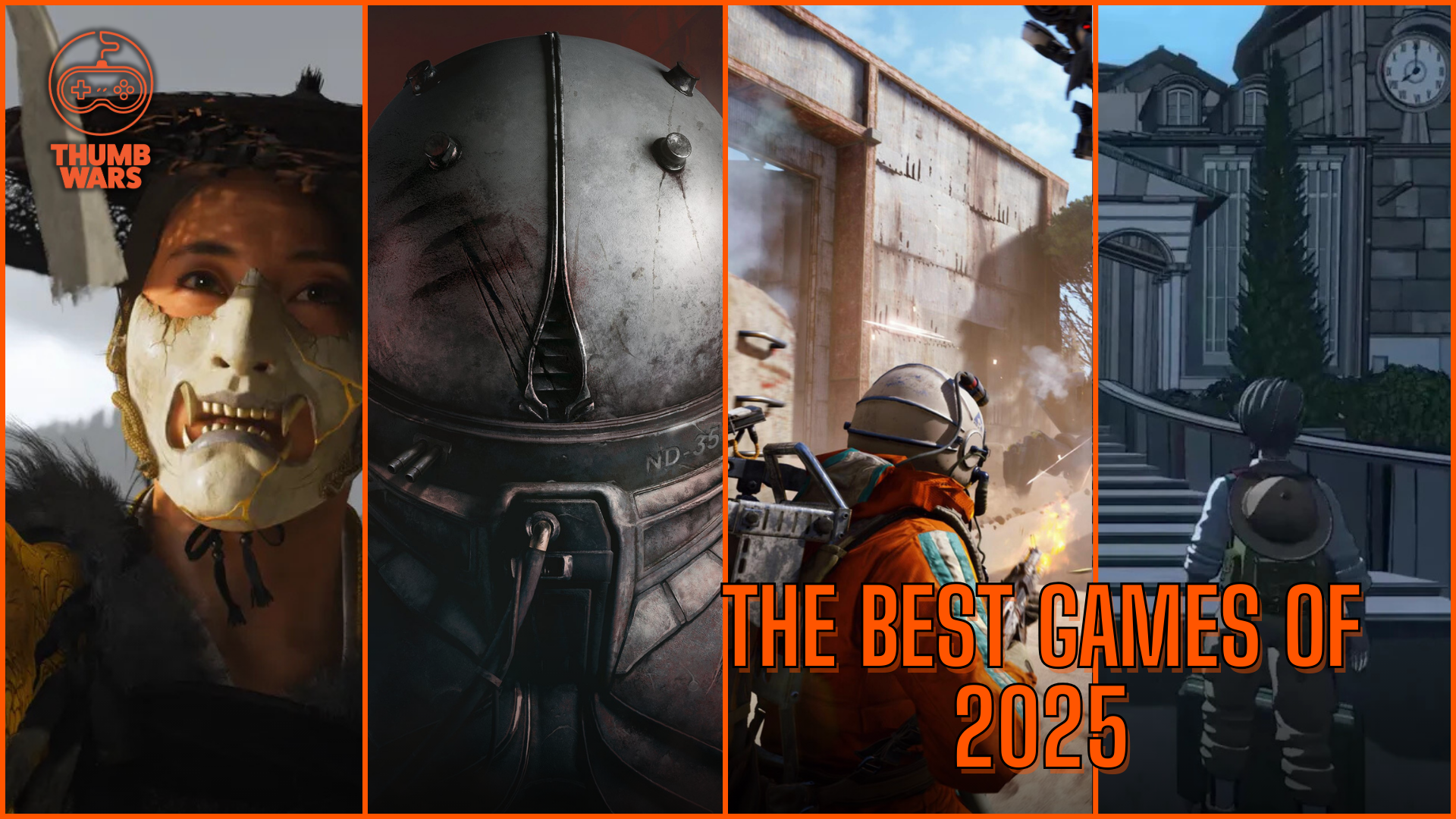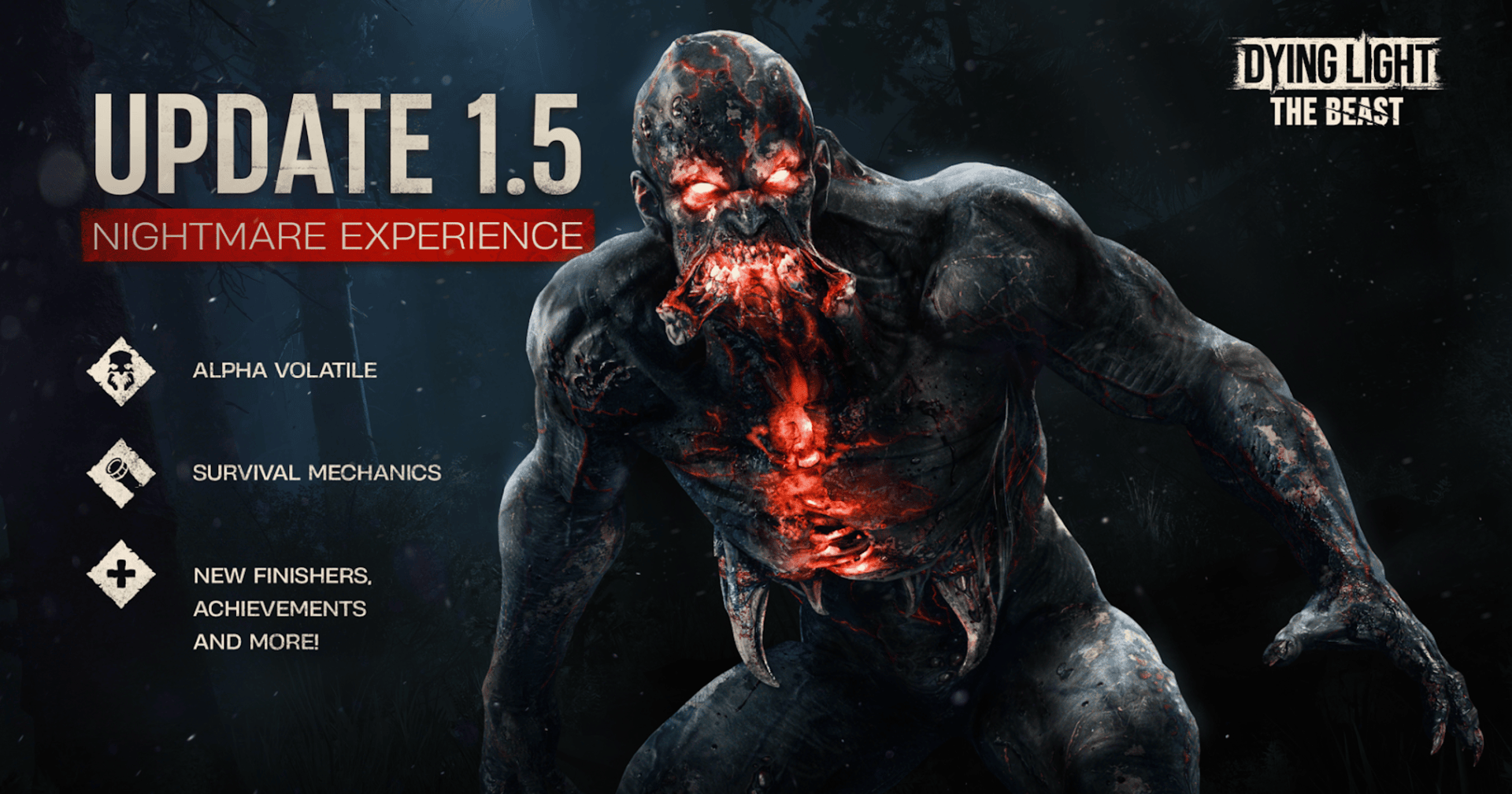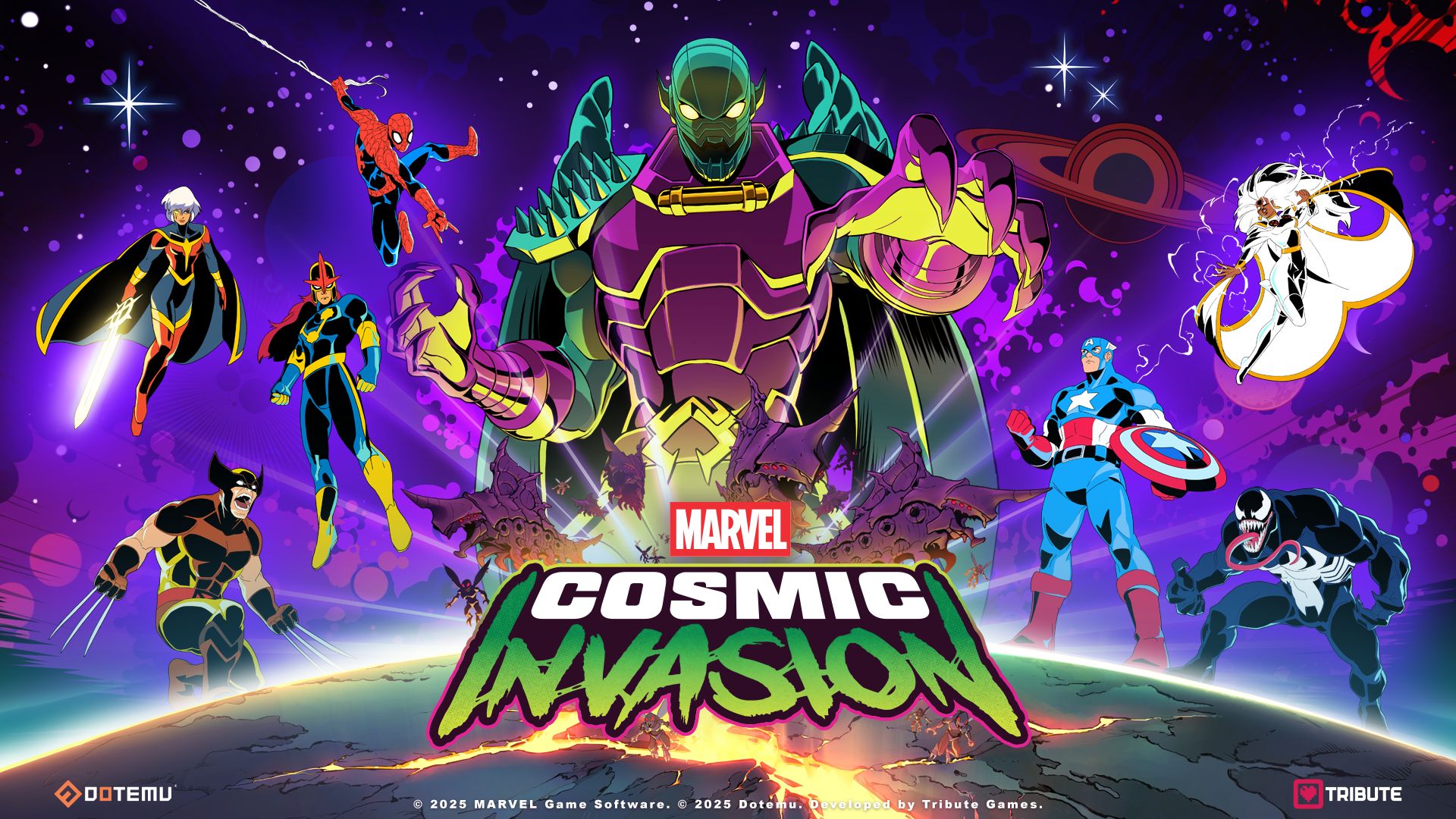Last Updated on Oct 28, 2025 @ 10:34:46 AM.
Gamescom is THE event to attend every year, now that E3 is no longer with us. Summer Game Fest is catching up, but for now, if you want to get your games out there to the wider world, then the German game event is the go-to event to get the maximum amount of eyes on something, big or small, AAA or indie.
During the event, I was privileged to see a range of games, play some, and get presentations on others. Some were good, a few were exceptional, and a couple were even a little disappointing, but without a doubt, over the three days I was there playing, experiencing, and taking in the future of the gaming landscape, the game that gave me the most fun was Serial World, the upcoming release from Kakehashi Games.
Suppose you missed the reveal announcement during what felt like an even busier week than normal. In that case, Serial World is a roguelite deckbuilder with a heavy nod to our childhoods, in the guise of taking control of a young boy called Milo, as he tries to uncover the mystery of random doors to other realms popping up in his quaint little town.
It’s bright, colourful, cartoonish, and oh so pretty to look at. With some clear artistic directions from Animal Crossing, it won’t feel completely unfamiliar to anyone, but at the same time, it’s so distinctly its own thing that you’ll be instantly immersed in what the developers are attempting.
The real meat and bones of the game come in what lies through the doors, with each door having one of eight (at the moment) realms on the other side. You’ll be thrown into a dungeon to explore, loot, battle, and escape with nothing more than your Anima to protect you (more on that later). It does follow the same, tried-and-tested formula of other roguelite deckbuilders in this sense, but it still has some tricks up its sleeves.
As you explore the dungeon, you’ll find other inhabitants, some kind and helpful, some aggressive and wanting to battle, and some just generally miserable, moody gits that don’t want to talk to you unless you help them.
Now, when you come to a dungeon inhabitant who wants to attack first and ask questions later, you’ll be thrown into a battle to survive, with those aforementioned Anima at your disposal to make sure it happens. Just like the realms, there are currently eight Anima at hand to help with this, each with its benefits and disadvantages, but all with a second evolution you can train towards. It’s important to note that this will sound a little like Pokémon, and the designs of some of these Anima won’t help that assertion, but that’s not a criticism, nor is it entirely fair. Each of the three Anima looked utterly different from anything I’d seen before, and the clear differences in the rules for Evolutions between the two IPs further cemented the fact that it may be seen as Pokémon-esque, but Serial World is attempting to carve out its own niche of battling monsters, and this time, with cards.
The battling system is not only deep and nuanced, but it is ridiculously intuitive. Within ten minutes of playing, I was zipping through battles, gaining experience, and clearing dungeons at such a pace that progression felt fast and fluid, and nothing ever dragged. Being a roguelite, each room in each dungeon was random, meaning any two runs were never the same, meaning each battle, each set of enemies, and each room kept me desperate to see what was coming next.
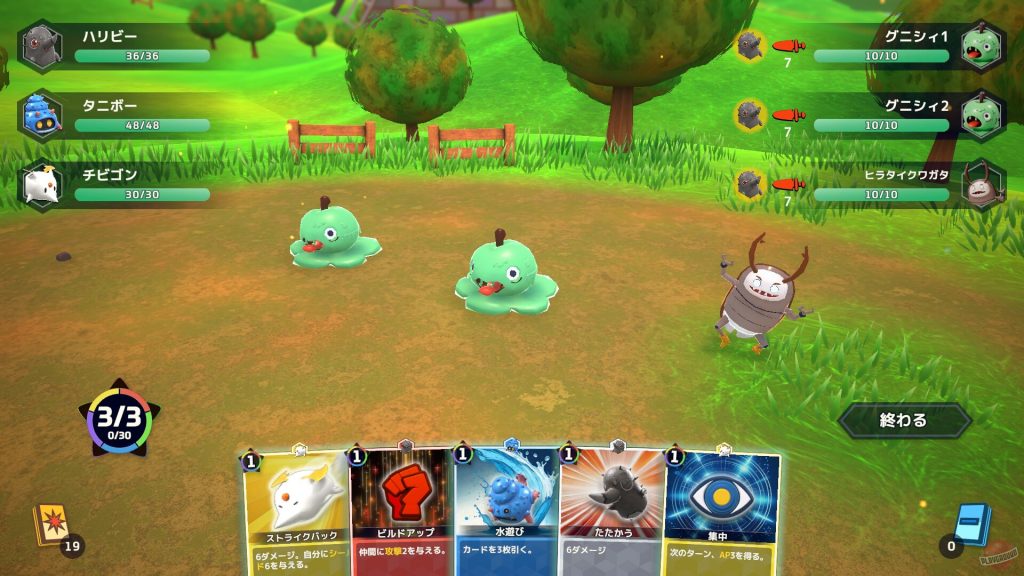
In short, the battling system isn’t trying to remake the wheel, but it’s trying to refine the wheel and make it unique to Serial World. Each round starts with a set figure of three action points (which can be lowered or raised via independent cards, same as the cost of each card can), and each round will bring with it a completely fresh hand of cards.
There’s no saving a specific card to use in a future round with another card in your hand. If you don’t draw them at the same time, tough luck. There are various aspects to the battling that will allow you to impart various effects on your enemies, themselves a cartoonish representation of both monsters and everyday objects – my favourite being two tiny, weak, and easily-defeated doughnuts, and there will be moments you need to take a pause and work out what to do, when and what cards are best to use against who.
Add in the fact that you can equip badges to each of your Anima to bolster their stats in a plethora of ways, from higher damage to better healing, and it will be surprising if any two players have an identical Anima. There’s also a tactical aspect to that, as equipping badges is permanent, meaning once you’ve assigned them, that’s it, and they can’t be used on other Anima. On top of that, you only have limited badge slots, so it may pay for you to take a moment before equipping every badge to the same Anima, like I did. Thankfully, it made Porcupint (already my favourite), an absolute tank for the last few minutes when I did exactly that. For such a simple premise, the combat is surprisingly deep, and arguably most important, addictive.
Come the end of my half-hour slot, I was both disappointed to be finished with the demo, as I’d have gladly played for far longer, and I was eagerly awaiting a concrete release date. It’s not one you want to let pass you by, that’s for sure.
For more from Thumb Wars, why not check out our takes on the latest from Phantom Blade 0, or our interview with the Haunted Bloodlines devs?
Luke Addison is the Founder and Editor-in-Chief of Thumb Wars. Having previously been a part of multiple outlets over the years, including building an entire gaming team from nothing to something, he thought it best to forge his own path and answer only to himself. As likely to be found playing the latest game as he is in the kitchen relaxing (by cooking), he always brings the same bold and brash attitude to everything he does, with a heavy leaning on sarcasm and dry wit!

